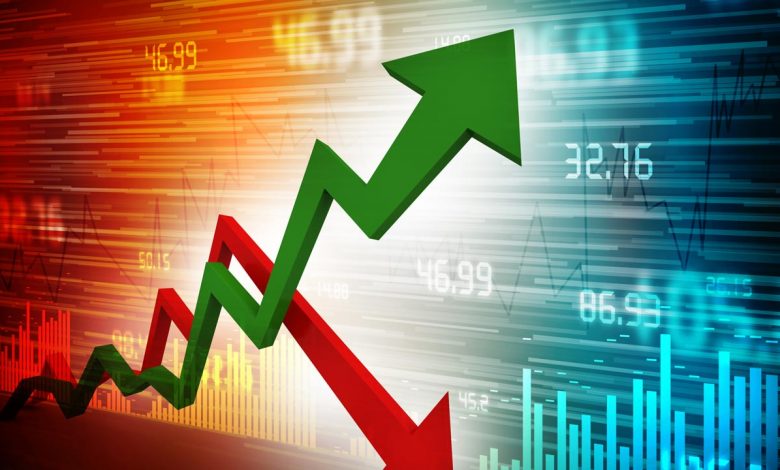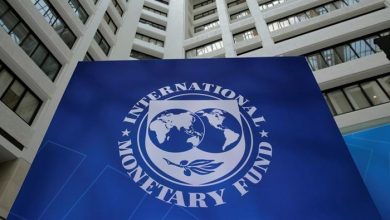Producer Price Inflation falls to 24.4% in March 2025

Ghana’s Producer Price Inflation (PPI) dropped to 24.4 percent in March 2025, down from 27.6 percent in February, representing a 3.2 percentage point decline. The month-on-month change between February and March stood at 0.6 percent, according to provisional figures released by the Ghana Statistical Service (GSS).
The data shows that the Mining and Quarrying sector recorded the highest producer inflation at 35.4 percent—despite a significant decrease from the previous month’s 43.7 percent.
The Manufacturing sector followed with an inflation rate of 22.8 percent, up from 20.8 percent in February.
At the lower end of the spectrum, the Information and Communication sector registered the lowest inflation rate at 4.1 percent, a slight dip from 4.2 percent the month prior. Other notable figures include:
Construction: Declined to 15.4% in March from 15.8% in February
Accommodation and Food Services: Dropped to 7.2%, down from 7.8%
The PPI measures the average change over time in the prices received by domestic producers for goods and services. It tracks key sectors such as Mining and Quarrying, Manufacturing, Electricity and Gas, Water Supply, Construction, Transport and Storage, Accommodation and Food Services, and Information and Communication.
Meanwhile, Tsonam Akpeloo, Greater Accra Regional Chairman of the Association of Ghana Industries (AGI), raised concerns over recent increases in utility tariffs. Under the revised rates, electricity prices will rise by 14.75 percent, and water tariffs will go up by 4.02 percent across the board.
Akpeloo stressed the need for a more industry-friendly approach to utility pricing to sustain the gains made in inflation reduction.
“We urge the government to prioritize local industrialization and create special tariff arrangements that significantly reduce electricity costs for manufacturers. Otherwise, the benefits of the declining inflation rate may be short-lived,” he said.
Akpeloo added: “If utility prices continue to rise, the overall cost of production will remain high, offsetting the positive effects of a falling PPI. All these prices are interlinked, and without addressing utility costs, inflation gains may not translate into real industrial competitiveness.”









